 Your new post is loading...
 Your new post is loading...
— Breaking up and spacing out study time over days or weeks can substantially boost how much of the material students retain, and for longer, compared to lumping everything into a single, nose-to-the-grindstone session.
— Varying the studying environment — by hitting the books in, say, a cafe or garden rather than only hunkering down in the library, or even by listening to different background music — can help reinforce and sharpen the memory of what you learn.
— A 15-minute break to go for a walk or trawl on social media isn’t necessarily wasteful procrastination. Distractions and interruptions can allow for mental “incubation” and flashes of insight — but only if you’ve been working at a problem for a while and get stuck, according to a 2009 research meta-analysis.
— Quizzing oneself on new material, such as by reciting it aloud from memory or trying to tell a friend about it, is a far more powerful way to master information than just re-reading it, according to work by researchers including Henry Roediger III and Jeffrey Karpicke. (Roediger has co-authored his own book, “Make It Stick: The Science of Successful Learning.”)
Learn more / En savoir plus / Mehr erfahren: https://gustmees.wordpress.com/2016/03/14/time-the-most-important-factor-neglected-in-education/ http://www.scoop.it/t/21st-century-learning-and-teaching/?tag=Brain
Via Gust MEES, T@T lab
9 Characteristics Of 21st Century Learning
1. Learner-centered
2. Media-driven (this doesn’t have to mean digital media)
3. Personalized
4. Transfer-by-Design
5. Visibly Relevant
6. Data-Rich
7. Adaptable
8. Interdependent
9. Diverse
Via Gust MEES, Elena Elliniadou
“When we have a rich meta-strategic base for our thinking, that helps us to be more independent learners,” said Project Zero senior research associate Ron Ritchhart at a Learning and the Brain conference. “If we don’t have those strategies, if we aren’t aware of them, then we’re waiting for someone else to direct our thinking.”
Helping students to “learn how to learn” or in Ritchhart’s terminology, become “meta-strategic thinkers” is crucial for understanding and becoming a life-long learner. To discover how aware students are of their thinking at different ages, Ritchhart has been working with schools to build “cultures of thinking.” His theory is that if educators can make thinking more visible, and help students develop routines around thinking, then their thinking about everything will deepen.
His research shows that when fourth graders are asked to develop a concept map about thinking, most of their brainstorming centers around what they think and where they think it. “When students don’t have strategies about thinking, that’s how they respond – what they think and where they think,” Richhart said. Many fifth graders start to include broad categories of thinking on their concept maps like “problem solving” or “understanding.” Those things are associated with thinking, but fifth graders often haven’t quite hit on the process of thinking. Learn more / En savoir plus / Mehr erfahren: https://gustmees.wordpress.com/2015/07/19/learning-path-for-professional-21st-century-learning-by-ict-practice/ https://gustmees.wordpress.com/2014/10/03/design-the-learning-of-your-learners-students-ideas/
Via Gust MEES, Jim Lerman
The Blooms Taxonomy meant that the first step would be to seek knowledge, comprehend it, apply it in real life scenarios, analyze and further synthesize with other concepts and subjects. With Phenomenon Based Learning, this linear progression turns into a roller coaster ride.
The learner starts with a phenomenon or a real life scenario, analyses the linkages with different concepts and subjects, identifies the gaps in knowledge and understanding, seeks out that knowledge, comprehends it for each subject area and then synthesizes it. So essentially what was a process of construction has now been broken into deconstruction and then construction. First de-construct the phenomenon into different concepts and processes, understand them and then reconstruct them into the original phenomenon and probably draw parallels with other phenomenons. Learn more / En savoir plus / Mehr erfahren: http://www.scoop.it/t/21st-century-learning-and-teaching/?tag=Finland http://www.scoop.it/t/21st-century-learning-and-teaching/?tag=Phenomenon+Based+Learning
Via Gust MEES
At some point in our lives, we’ve all practiced some counterproductive learning habits. We’ve sabotaged ourselves without realizing it, and found ourselves stuck. There have been failures we believe have defined our potential. We’ve obsessed over perfect solutions and singular pathways. In frustrated moments we’ve refused help from others, thinking acceptance means weakness. We’ve done this as teachers, students, friends, and parents.
These are not crimes; they’re part of what makes us human. Our counterproductive learning habits usually come from what we observe and hear. We pick things up as children from well-intentioned adults in our lives. In addition, the experiences of others constantly unfold right in front of us. We observe actively, and we remember.
Eventually we come to believe that what we see is how things are, and that it never changes. We know now that this doesn’t have to be the case. We know now that we can create our own experiences. Let’s make them good ones when it comes to learning.
Leartn more / En savoir plus / Mehr erfahren: https://gustmees.wordpress.com/2015/07/19/learning-path-for-professional-21st-century-learning-by-ict-practice/
Via Gust MEES
|
Mastery learning is the idea that students should adequately comprehend a given concept before being expected to understand a more advanced one. This idea has a long tradition in educational theory and research. In 1919, superintendent Carleton W. Washburne in Winnetka, Illinois, showed that students could advance at their own pace if they mastered a concept before moving on to something more complicated. Years later, building on Washburne’s work, educational psychologist Benjamin Bloom coined the term “mastery learning.” In 1984, in Bloom’s seminal study, “The 2 Sigma Problem,” he showed that mastery-based one-on-one tutoring is two standard deviations more effective than conventional instruction. (That means it would take the average for a cohort of students from the 50th percentile to the 98th percentile!). Ever since, educators have sought ways to make mastery learning available to all students. Learn more / En savoir plus / Mehr erfahren: http://www.scoop.it/t/21st-century-learning-and-teaching/?tag=modern-education http://www.scoop.it/t/21st-century-learning-and-teaching/?tag=Learning+by+doing http://www.scoop.it/t/21st-century-learning-and-teaching/?tag=Practice
Via Gust MEES
Shifting to “Learn by Doing” Becker of NMC says just as the role of the teacher is switching from “sage on the stage” to one of a coach or guide, there is a shift from rote to active learning. To foster skills of teamwork and collaboration, online education is incorporating group projects and hands-on labs to help students think more critically and retain the content. Building on the concept of “learn by doing,” online education is expanding to connect students from around the world to learn together and meet professionals. Morris is also executive director of the Center for Interactive Learning and Collaboration, which partners with more than 200 cultural organizations, such as art museums, to offer real-time interaction with experts in various fields. This exposure can help answer student questions about the relevance of a geometry class, for instance. “To answer the questions of why you are doing it is key,” says Morris. “[Students] are motivated when they understand and have a reason to understand the material.” Learn more / En savoir plus / Mehr erfahren: http://www.scoop.it/t/21st-century-learning-and-teaching
Via Elizabeth E Charles, Yashy Tohsaku, Gust MEES, Jim Lerman
This is not too a difficult question to address, because innovative teaching is good whether or not technology is used. A bad teacher does not suddenly become a good teacher just because technology is included into the mix. Nor does a good teacher need to always use technology to maintain their effectiveness. But before we discuss this question any further, we should define 'innovative teaching.' What is it, and how do we know a good, innovative teacher when we see one?
For me, innovative teaching is often invisible, and the teacher is very much peripheral, to the most important factor - the student and their learning. Good teachers instinctively know when to intervene and most importantly, when to get out of the way. Teaching is not so focused on instruction today (and nor should it ever have been), but is increasingly about facilitation, and considers the student holistically. Innovative teaching focuses on creating conducive environments within which good learning can occur. Innovative teachers are excellent at supporting students, and are also adept at creating engaging content and new experiences. A good teacher observes and measures progress without causing any stress to the learner or interruption to learning.
Innovative teachers are instinctive about student challenges such as lack of understanding, loss of focus, low engagement or demotivation. They strive to find new ways to keep students on task, motivate them to do their best, and encourage them to succeed. Innovative teaching is where good teachers are inventive and creative - where they continue to discover and devise new methods and content to ensure that students always get the best learning experiences. But consider that invention and innovation are not the same. Invention requires a creative individual, whereas innovation requires a courageous community (see for example Rogers' Diffusion of Innovation Theory, 2003). Therefore, innovative teachers also need courage to embed their new methods and content, especially if it runs counter to the culture they work within. Learn more / En savoir plus / Mehr erfahren: http://www.scoop.it/t/21st-century-learning-and-teaching/?tag=innovation http://www.scoop.it/t/21st-century-learning-and-teaching/?tag=Rise+of+the+Professional+Educator
Via Gust MEES
Brain, Learning, and Teaching Infographic
I hope you find the Brain Hacking infographic above useful. You can access the other Brain-Based Learning infographics I created by scrolling down my ED!Blog. Please share it with other educators, parents, and learners. I will feature additional Brain-Based Learning Infographics in my future NEWSLETTERS, so please SIGN UP if you would like to receive more tips and strategies that work in helping students become better learners.
If you find the information in the infographic useful, consider buying "Crush School: Every Student's Guide To Killing It In The Classroom", which is a book I wrote to help students learn more efficiently and effectively using proven research based strategies.
And Remember: You Have the Power to Change the World. Use it often.
Learn more / En savoir plus / Mehr erfahren: http://www.scoop.it/t/21st-century-learning-and-teaching/?tag=Brain
Via Gust MEES, Alfonso Gonzalez
Teaching students good learning strategies would ensure that they know how to acquire new knowledge, which leads to improved learning outcomes, writes lead author Helen Askell-Williams of Flinders University in Adelaide, Australia. And studies bear this out. Askell-Williams cites as one example a recent finding by PISA, the Programme for International Student Assessment, which administers academic proficiency tests to students around the globe, and place American students in the mediocre middle. “Students who use appropriate strategies to understand and remember what they read, such as underlining important parts of the texts or discussing what they read with other people, perform at least 73 points higher in the PISA assessment—that is, one full proficiency level or nearly two full school years—than students who use these strategies the least,” the PISA report reads. Learn more / En savoir plus / Mehr erfahren: https://gustmees.wordpress.com/2014/10/03/design-the-learning-of-your-learners-students-ideas/ https://gustmees.wordpress.com/2015/07/19/learning-path-for-professional-21st-century-learning-by-ict-practice/
Via Gust MEES, Jim Lerman
There are five ways in which gifted students tend to learn differently from their peers:
1. They learn new material much more quickly.
2. They have a better ability to remember what they have learned, which reduces or eliminates the need for review.
3. They have ability for abstract or complex thinking that their peers do not have.
4. They become focused on specific topics and are very passionate about them to the exclusion of other topics and subjects.
5. They can take in many stimuli at once, knowing what is going on around them while concentrating on a specific task.
Using these characteristics as a guideline, approximately 6%, or 3 million, students in the United States may be classified as gifted. Although there is little argument that gifted and talented students must be provided with challenges that meet their academic needs, no federal regulations specifically mandate special services for G and T learners. Learn more / En savoir plus / Mehr erfahren: http://www.scoop.it/t/21st-century-learning-and-teaching/?tag=Gifted+kids
Via Gust MEES
In Phenomenon Based Learning (PhenoBL) and teaching, holistic real-world phenomena provide the starting point for learning. The phenomena are studied as complete entities, in their real context, and the information and skills related to them are studied by crossing the boundaries between subjects. Phenomena are holistic topics like human, European Union, media and technology, water or energy.The starting point differs from the traditional school culture divided into subjects, where the things studied are often split into relatively small, separate parts (decontextualisation).
Learn more / En savoir plus / Mehr erfahren: http://www.scoop.it/t/21st-century-learning-and-teaching/?tag=Finland
Via Gust MEES
|



 Your new post is loading...
Your new post is loading...

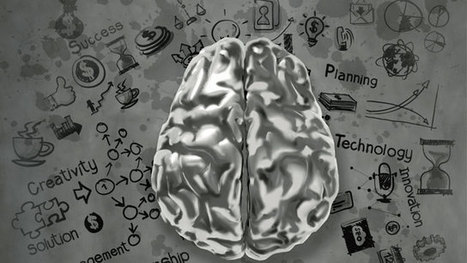

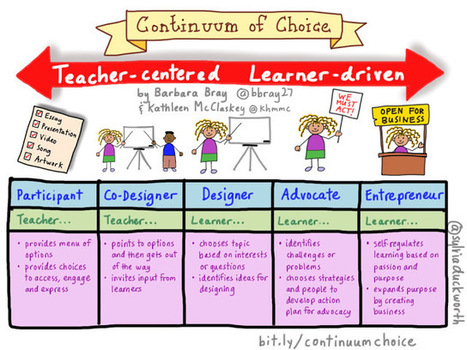




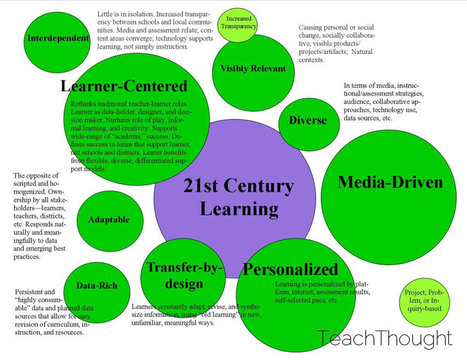


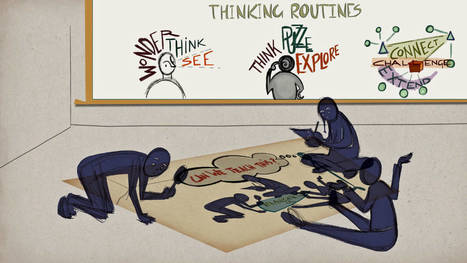

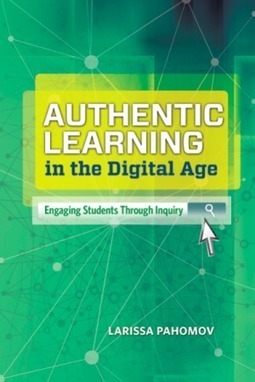

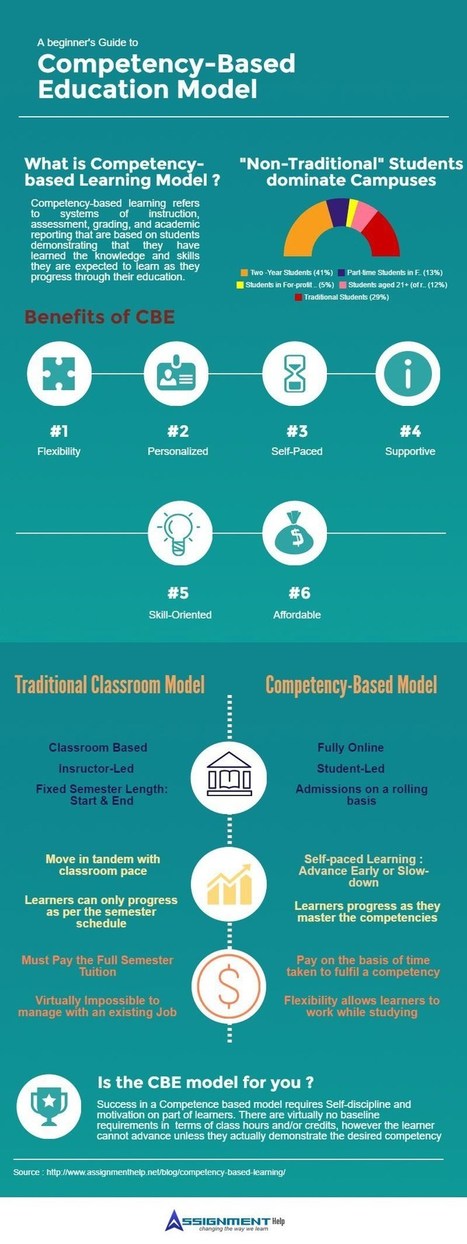
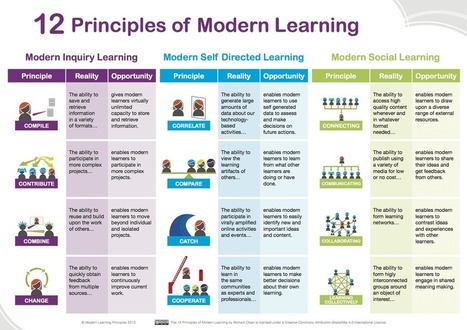

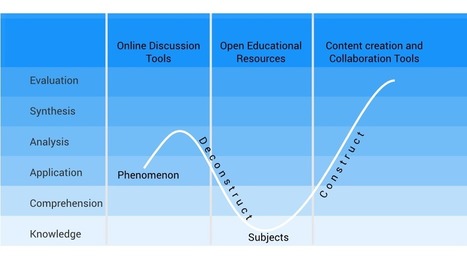




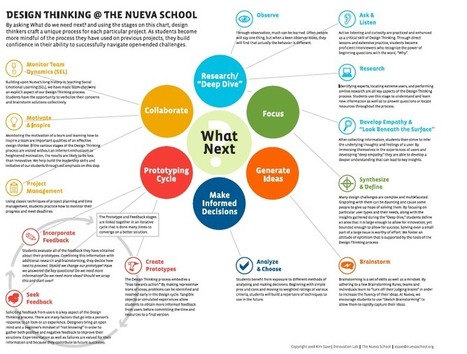













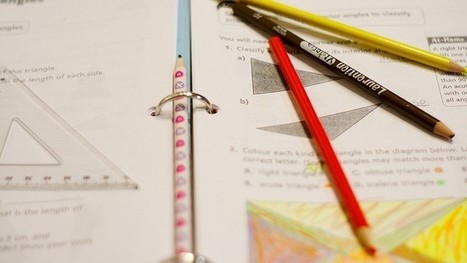


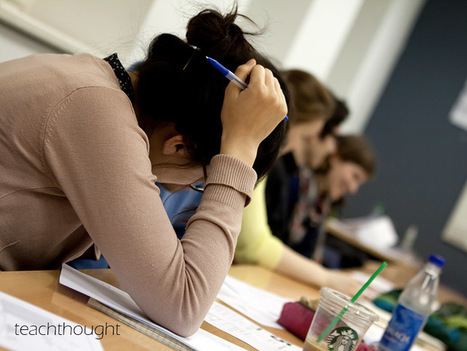
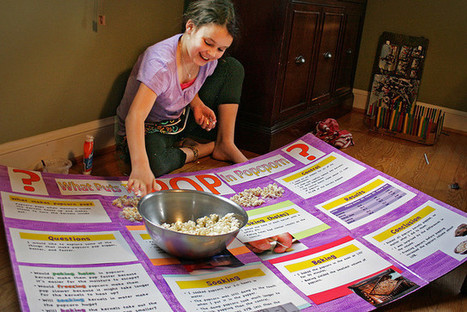





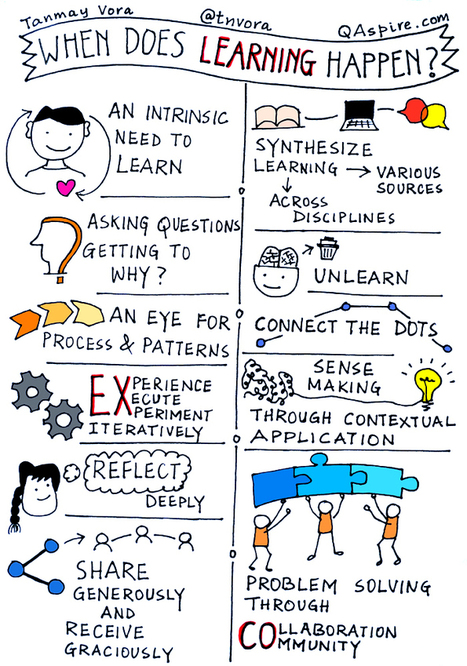







— Breaking up and spacing out study time over days or weeks can substantially boost how much of the material students retain, and for longer, compared to lumping everything into a single, nose-to-the-grindstone session.
— Varying the studying environment — by hitting the books in, say, a cafe or garden rather than only hunkering down in the library, or even by listening to different background music — can help reinforce and sharpen the memory of what you learn.
— A 15-minute break to go for a walk or trawl on social media isn’t necessarily wasteful procrastination. Distractions and interruptions can allow for mental “incubation” and flashes of insight — but only if you’ve been working at a problem for a while and get stuck, according to a 2009 research meta-analysis.
— Quizzing oneself on new material, such as by reciting it aloud from memory or trying to tell a friend about it, is a far more powerful way to master information than just re-reading it, according to work by researchers including Henry Roediger III and Jeffrey Karpicke. (Roediger has co-authored his own book, “Make It Stick: The Science of Successful Learning.”)
Learn more / En savoir plus / Mehr erfahren:
https://gustmees.wordpress.com/2016/03/14/time-the-most-important-factor-neglected-in-education/
http://www.scoop.it/t/21st-century-learning-and-teaching/?tag=Brain